- Choose the Right Fruit Trees
- 1. Climate
- 2. Soil Conditions
- 3. Space Requirements
- 4. Pollination Requirements
- 5. Disease Resistance
- Select a Suitable Location
- Prepare the Soil
- Digging the Planting Hole
- Planting the Fruit Tree
- 1. Positioning
- 2. Digging the Hole
- 3. Placing the Tree
- 4. Backfilling
- 5. Watering
- 6. Mulching
- 7. Staking (if necessary)
- Mulching and Watering
- Mulching
- Watering
- Pruning and Training
- 1. Pruning
- 2. Training
- Regular Maintenance and Care
- Watering
- Fertilizing
- Pruning
- Pest and Disease Control
- Mulching
- Harvesting
- Question-answer:
- What is the best time to plant fruit trees?
- Should I dig a big pit for planting a fruit tree?
- What should I add to the soil when preparing the pit?
- How often should I water a newly planted fruit tree?
- Do I need to prune a fruit tree before planting?
- What should I do to protect my fruit tree from pests and diseases?
- Video: Grow banana tree from banana
Planting fruit trees is a rewarding and enjoyable experience. Not only do fruit trees provide shade and beauty to your landscape, they also offer the delicious reward of fresh, home-grown fruit. However, it’s important to properly prepare the pit before planting your fruit tree to give it the best chance of thriving and producing abundant fruit.
Firstly, choose a suitable location for your fruit tree. Fruit trees require full sun, so select a spot in your yard that receives at least six hours of direct sunlight per day. Additionally, ensure that the soil is well-drained and has a pH level that is appropriate for the specific type of fruit tree you are planting. You may need to amend the soil with compost or other organic matter to improve its fertility and drainage.
Next, dig a hole that is wide and deep enough to accommodate the root ball of your fruit tree. The width of the hole should be at least twice the diameter of the root ball, and the depth should be slightly shallower than the height of the root ball. This will give the roots room to spread out and establish themselves in the soil. It’s important to remove any weeds or grass from the area around the hole, as they can compete with the fruit tree for nutrients and water.
Once the pit has been prepared, carefully remove the fruit tree from its container or burlap sack, being mindful not to damage the roots. Place the tree in the center of the pit, making sure that it is straight and upright. Backfill the hole with soil, firming it gently around the base of the tree to eliminate any air pockets. Water the newly planted fruit tree thoroughly to help settle the soil and encourage root growth.
In conclusion, by taking the time to properly prepare the pit before planting your fruit tree, you can give it the best start for a healthy and productive life. Remember to choose a suitable location, dig a proper hole, and provide the necessary care and maintenance to ensure the success of your fruit tree. With a little effort and patience, you’ll soon be enjoying the fruits of your labor.
Choose the Right Fruit Trees
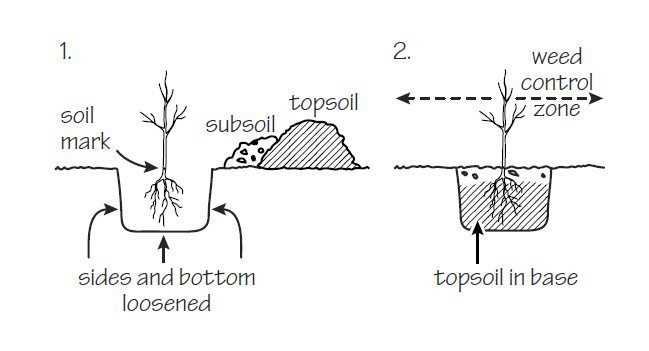
Choosing the right fruit trees is essential for a successful and abundant harvest. It is important to consider factors such as climate, soil conditions, and available space when selecting fruit trees for your garden. Here are some key points to keep in mind:
1. Climate
Different fruit trees thrive in different climate conditions. Some fruit trees, like apples and cherries, require a cold winter period to set fruit. Others, like citrus trees, need a warm and subtropical climate to grow and produce fruit. Research the specific climatic conditions required for the fruit tree you are interested in and ensure it is suitable for your area.
2. Soil Conditions
Understanding your soil conditions is crucial when choosing fruit trees. Some fruit trees prefer well-drained soil, while others can tolerate heavy clay or sandy soil. Conduct a soil test to determine the pH level, nutrient content, and drainage capacity of your soil. This information will help you select fruit trees that are compatible with your soil conditions.
3. Space Requirements
Fruit trees come in various sizes, ranging from dwarf varieties to large, spreading trees. Consider the available space in your garden and choose fruit trees that will fit comfortably without overcrowding. Dwarf varieties are ideal for small gardens or for growing in containers, while larger trees may be suitable for spacious areas.
4. Pollination Requirements
Many fruit tree varieties, such as apples and pears, require cross-pollination for fruit production. This means you will need to plant at least two different varieties that flower at the same time to ensure successful pollination. However, some fruit trees are self-pollinating and do not require a second tree for fruit set. Check the pollination requirements of the specific fruit tree you are interested in and plan accordingly.
5. Disease Resistance
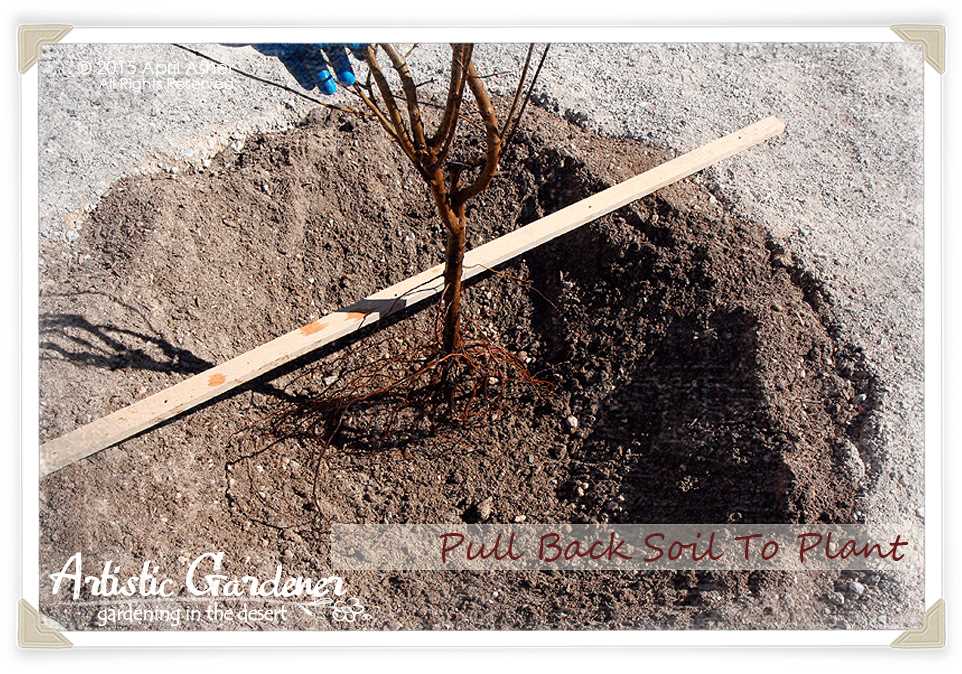
Some fruit tree varieties are more resistant to diseases and pests than others. Choosing disease-resistant varieties can help reduce the need for chemical pesticides and improve the overall health of your fruit trees. Research disease-resistant varieties that are suitable for your area and select these for planting.
| Fruit Tree | Climate | Soil Conditions | Space Requirements | Pollination | Disease Resistance |
|---|---|---|---|---|---|
| Apple | Cold to temperate | Well-drained | Medium to large | Cross-pollination | Varies by variety |
| Cherry | Cold to temperate | Well-drained | Medium to large | Self-pollinating or cross-pollination | Moderate resistance |
| Citrus | Subtropical to tropical | Well-drained | Medium to large | Self-pollinating | Minimal resistance |
By taking these factors into consideration, you can choose the right fruit trees that will thrive in your specific growing conditions and provide you with a bountiful harvest for years to come.
Select a Suitable Location
Choosing the right location to plant your fruit tree is crucial for its overall health and productivity. Here are a few factors to consider when selecting a suitable location:
- Sunlight: Fruit trees generally require full sunlight to thrive. Make sure the chosen location receives at least 6 to 8 hours of direct sunlight each day.
- Soil: The soil should be well-drained and fertile. Avoid planting fruit trees in areas with heavy clay soils or poor drainage.
- Space: Fruit trees need plenty of space to grow and spread their roots. Ensure that the selected location provides ample room for the tree to reach its full size without being overcrowded or overshadowed by nearby structures.
- Proximity to other plants: Some fruit trees require cross-pollination from other compatible varieties to produce fruit. If necessary, make sure to plant multiple trees or choose a location near other fruit trees of the same species.
- Accessibility: Consider how easy it will be to access and care for the fruit tree in the selected location. It should be convenient to water, prune, and harvest the fruit when the time comes.
By carefully considering these factors, you can select a suitable location for planting your fruit tree and give it the best chance of thriving and producing abundant, delicious fruit.
Prepare the Soil
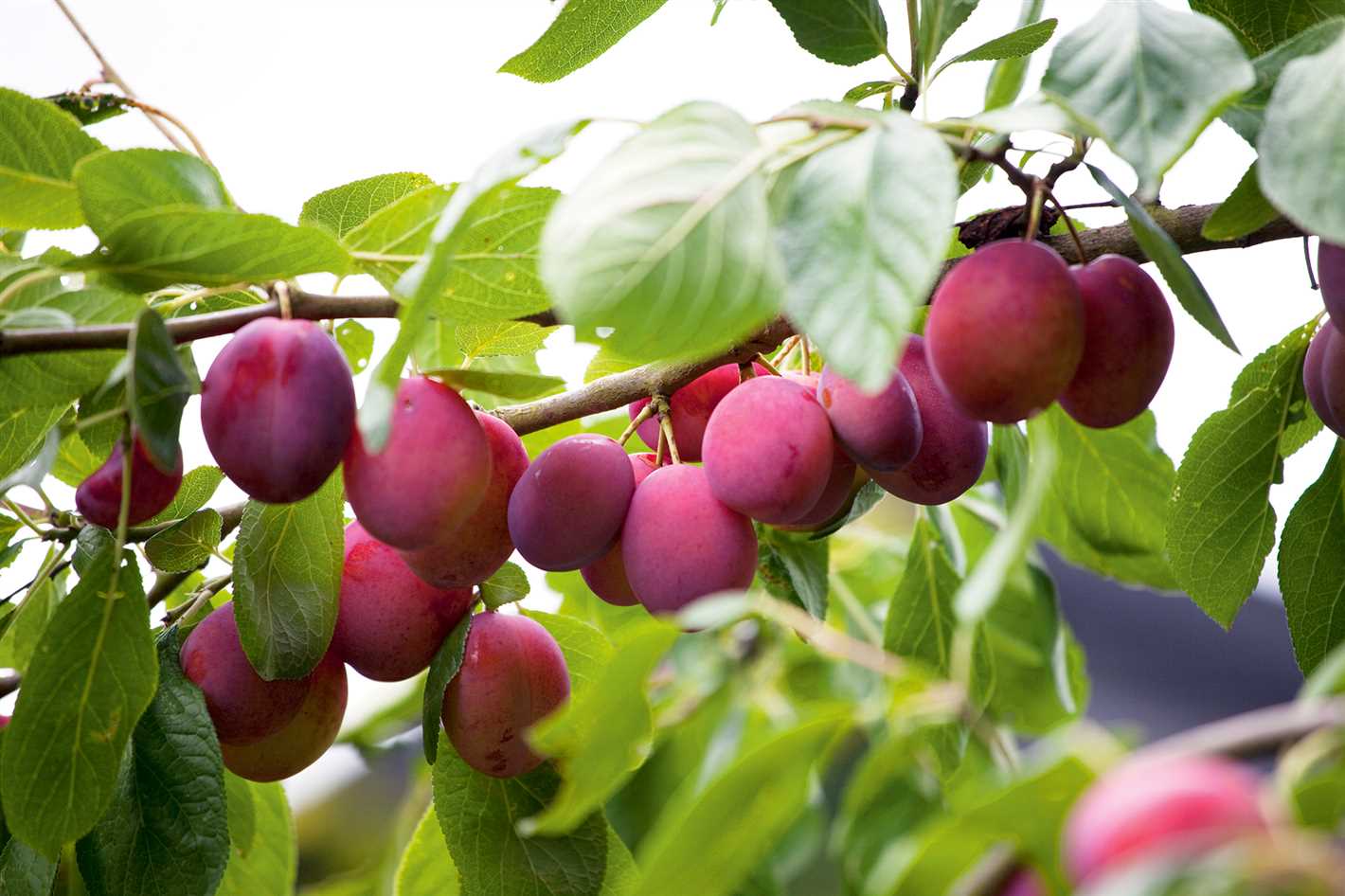
Before you plant your fruit tree, it is important to prepare the soil properly. By providing the right conditions, you can ensure that your tree has a strong and healthy start.
1. Test the soil: Start by testing the pH level of the soil. Fruit trees generally prefer a slightly acidic to neutral pH, around 6.0 to 7.0. You can use a soil testing kit or send a soil sample to a lab for analysis. If the pH is too high or too low, you can adjust it by adding materials such as lime to raise the pH or sulfur to lower it.
2. Remove weeds and grass: Clear the area where you plan to plant the fruit tree of any weeds, grass, or other vegetation. Weeds and grass can compete with the young tree for nutrients and water, so it is important to eliminate them before planting.
3. Dig the hole: Dig a hole that is wide and deep enough to accommodate the root system of the fruit tree. The depth of the hole should be slightly shallower than the root ball to prevent it from sitting in water. The width of the hole should be at least three times the width of the root ball.
4. Amend the soil: If the soil is poor in nutrients or drainage, you may need to amend it. Add organic matter such as compost or well-rotted manure to improve the soil’s fertility and structure. This will help the tree establish its roots and grow strong.
5. Fill the hole: Place the fruit tree in the hole and backfill it with the amended soil, gently firming it around the roots. Make sure the tree is planted at the same level it was in the nursery. Avoid piling soil up against the trunk, as this can lead to rot or disease.
6. Water the tree: After planting, thoroughly water the tree to settle the soil and remove any air pockets around the roots. Provide regular watering throughout the first year to help the tree establish itself.
7. Mulch the area: Finally, apply a layer of organic mulch around the base of the tree, keeping it a few inches away from the trunk. Mulch helps retain moisture, suppress weeds, and regulate soil temperature. It is beneficial for the tree’s overall health.
By preparing the soil properly, you are setting the stage for a successful growth of your fruit tree. Taking the time to ensure the right conditions will ultimately reward you with healthy and fruitful trees for years to come.
Digging the Planting Hole
When planting fruit trees, preparing the planting hole correctly is crucial for the tree’s growth and health. Here are the steps to follow:
- Choose the right location: Select a spot in your garden that receives full sunlight for at least six to eight hours a day. Fruit trees need ample sunlight to thrive.
- Measure the planting hole: The size of the planting hole will depend on the tree’s root ball. Measure the diameter and depth of the root ball, and then prepare a hole that is twice as wide and just as deep.
- Clear the area: Remove any grass, weeds, or debris from the planting area. Clearing the area will help prevent competition for nutrients and water.
- Loosen the soil: Use a shovel or garden fork to break up the soil at the bottom of the hole. Loosening the soil will improve drainage and allow the roots to penetrate easily.
- Test the drainage: Fill the hole with water and observe how quickly it drains. If the water takes a long time to drain or sits on the surface, the soil may have poor drainage. In such cases, consider improving the drainage by amending the soil or finding an alternative location.
- Prepare the soil: Mix some organic matter, such as compost or well-rotted manure, with the soil you removed from the hole. This will provide nutrients and improve the soil structure.
- Refill the hole: Place the tree in the hole, making sure the root collar (the part where the roots meet the trunk) is level with or slightly above the ground level. Fill the hole with the prepared soil mixture and gently firm it around the roots to eliminate air pockets.
- Water the tree: After planting, thoroughly water the tree to settle the soil and ensure good root-to-soil contact. This will help establish the tree and promote healthy growth.
By following these steps and properly digging the planting hole, you are setting your fruit tree up for success in its new home.
Planting the Fruit Tree
Once you have prepared the pit correctly, you are ready to plant the fruit tree. Follow these steps to ensure a successful planting:
1. Positioning

Choose a suitable location for your fruit tree. It should be a spot that receives plenty of sunlight and has well-drained soil. Avoid areas with standing water or locations that are prone to waterlogging.
Make sure there is enough space for the tree to grow and spread its roots. Consider the mature size of the tree and leave adequate space between other plants or structures.
2. Digging the Hole
Before planting, dig a hole that is wide and deep enough to accommodate the tree’s roots comfortably. The hole should be slightly wider than the root ball and the same depth as the tree’s nursery pot.
If the soil is compacted, loosen it up by breaking it gently with a shovel or a garden fork. This will help the roots penetrate the soil more easily.
3. Placing the Tree
Hold the tree gently by its root ball and place it in the center of the hole. Make sure the tree is positioned straight and upright.
Spread out the roots evenly in the hole. Avoid bending or twisting the roots, as this can cause damage.
4. Backfilling
Fill the hole with the soil you previously removed. Add the soil in layers, gently tamping it down around the roots to eliminate any air pockets.
Continue to add soil until the hole is fully filled, making sure the tree remains upright.
5. Watering
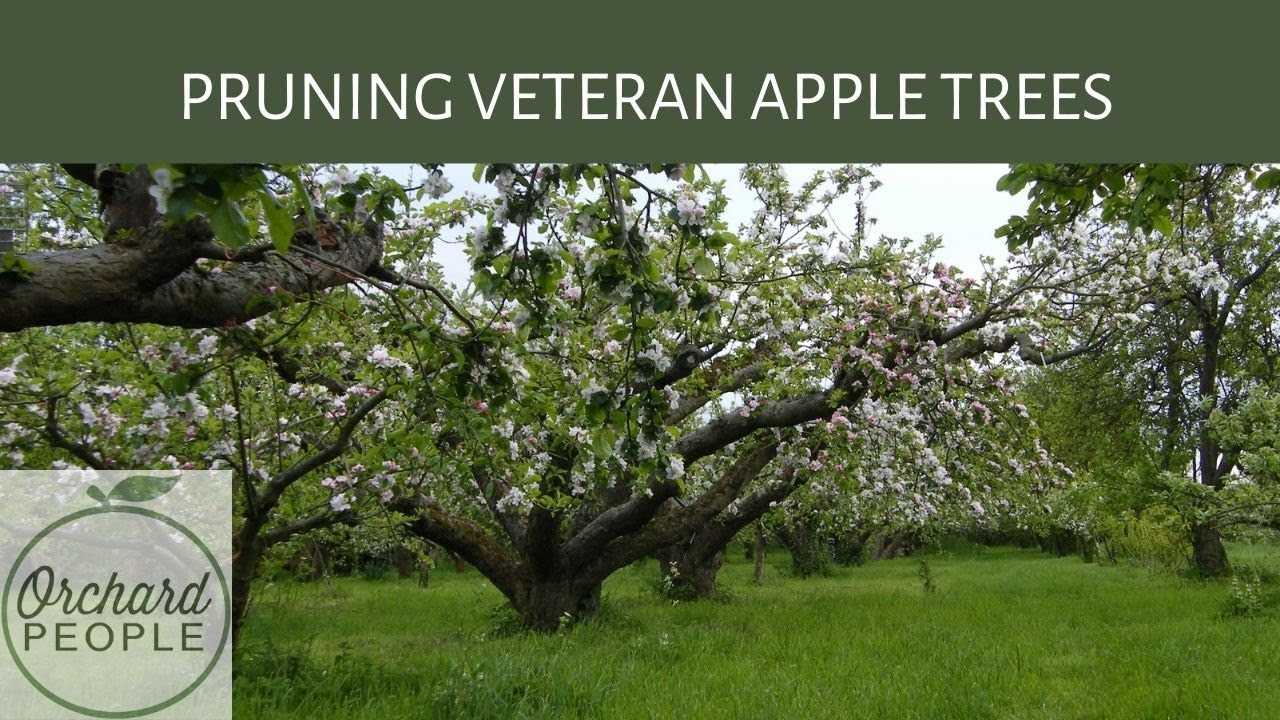
After planting, water the tree thoroughly to settle the soil and hydrate the roots. Provide enough water to saturate the entire root zone. This will encourage the roots to establish themselves.
Make sure to water the tree regularly, especially during the first year of growth. Aim for deep, slow watering to encourage deep root growth.
6. Mulching
Apply a layer of mulch around the base of the tree, leaving a small gap around the trunk to prevent rot. Mulch helps retain moisture, suppresses weed growth, and insulates the roots against extreme temperatures.
7. Staking (if necessary)
If your fruit tree is top-heavy or prone to leaning, you may need to stake it for support. Use a stake placed on the windward side of the tree and secure the tree using soft ties or tree straps. Make sure the ties are not too tight to restrict the tree’s natural movement.
Remember to check the staking periodically and remove it once the tree is established and able to support itself.
By following these steps, your fruit tree will have the best chance for healthy growth and bountiful harvests in the future.
Mulching and Watering
Once you have planted your fruit tree, it is important to mulch and water it properly to ensure its healthy growth and development.
Mulching
Applying a layer of mulch around the base of the tree is crucial to maintain soil moisture, regulate temperature, and suppress weed growth. Here are a few key points to keep in mind when mulching:
- Use organic mulch, such as wood chips or bark, to provide nutrients to the soil as it breaks down.
- Apply a layer of mulch around 2-4 inches deep, making sure to leave a small gap around the trunk to prevent rot.
- Extend the mulch layer to the drip line of the tree, which is the area beneath the outermost branches.
- Avoid piling mulch up against the trunk, as this can lead to moisture buildup and introduce the risk of disease.
Watering
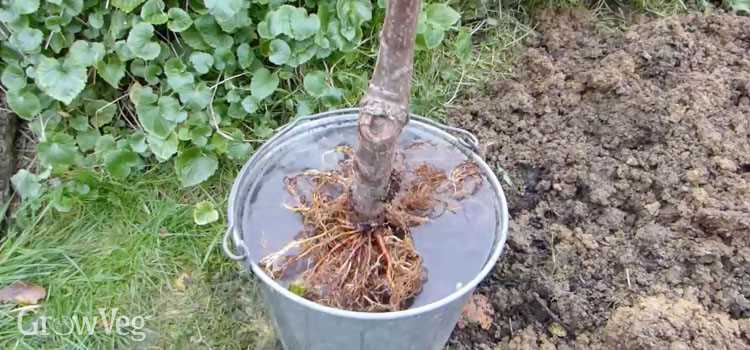
Proper watering is essential for the establishment and growth of fruit trees. Here are some guidelines to follow:
- Water the tree deeply and thoroughly, making sure the water reaches the root zone. Shallow watering can result in shallow root growth.
- Water newly planted trees more frequently, typically 1-2 times per week, especially during hot and dry weather.
- Established fruit trees may require less frequent watering, typically every 10-14 days, depending on the weather conditions.
- Check the soil moisture before watering by sticking your finger into the soil. If it feels dry, it’s time to water.
- Avoid overwatering, as this can lead to root rot and other issues. It is better to water deeply and infrequently than to water lightly and frequently.
Remember to adjust your watering schedule according to the specific needs of your fruit tree and the weather conditions in your area. Regularly monitoring soil moisture and adjusting watering practices accordingly will help ensure the health and vitality of your fruit tree.
Pruning and Training
Pruning and training fruit trees are essential steps for ensuring healthy growth and maximizing fruit production. Proper pruning helps to shape the tree, control its size, and encourage the development of strong branches. Training, on the other hand, involves guiding the tree’s growth in a desired direction.
1. Pruning
Pruning involves the removal of unwanted or unnecessary branches, which helps improve the tree’s overall health and productivity. Here are a few key points to keep in mind when pruning fruit trees:
- Start early: Prune fruit trees while they are still young to shape them properly and establish a strong framework.
- Remove dead and damaged branches: Cut off any dead or diseased branches using a clean pruning tool to prevent the spread of diseases.
- Thin out dense growth: Remove any branches that are crossing, rubbing against each other, or growing towards the center of the tree to improve airflow and reduce the risk of disease.
- Open up the center: Aim to create an open-center shape by pruning out the central leader (main trunk) and encouraging the growth of several main branches that radiate outwards.
- Consider fruiting habits: Different fruit trees have different fruiting habits, so it’s important to understand the specific pruning requirements of the tree you are working with.
2. Training
Training fruit trees involves manipulating their growth to achieve the desired shape and form. This can help improve fruit quality, ease of harvest, and tree longevity. Here are a few common training techniques:
- Espalier: In this technique, the tree is trained to grow in a flat, two-dimensional form against a wall or fence. It requires regular pruning and tying branches to supports.
- Central leader: This training system involves developing a single dominant vertical stem (central leader) with lateral branches growing off it. It’s commonly used for apple and pear trees.
- Modified central leader: Similar to the central leader system, but with additional scaffold branches at various heights. This is useful for larger, spreading trees like peaches and plums.
- Open vase: Also known as the open center or goblet shape, this training method involves removing the central leader and allowing multiple branches to grow upward and outward. It’s commonly used for stone fruit trees.
Remember to always use clean tools when pruning fruit trees to prevent the spread of diseases. Additionally, it’s important to observe the tree’s growth and adjust your pruning and training techniques accordingly.
Regular Maintenance and Care
Once you have successfully planted your fruit trees, it is important to provide regular maintenance and care to ensure their health and productivity. Here are some essential tasks you should perform:
Watering
Fruit trees require regular and deep watering, especially during the first few years of growth. It is important to provide enough water to reach the roots and keep them moist, but be careful not to overwater, as it can lead to root rot. Depending on the weather conditions, you may need to water your tree 1-2 times a week.
Fertilizing
Fruit trees benefit from regular fertilization to ensure optimal growth and fruit production. Use a balanced fertilizer specifically formulated for fruit trees, and apply it according to the instructions on the package. Generally, it is recommended to fertilize your trees in early spring before new growth begins and again in late spring or early summer.
Pruning
Pruning is an essential part of maintaining fruit trees. Regular pruning helps to shape the trees, remove dead or damaged branches, improve air circulation, and promote fruit production. Prune during the dormant season, which is usually in late winter or early spring, before the buds start to swell. Consult a pruning guide or seek advice from local gardening experts to learn proper pruning techniques for your specific fruit tree.
Pest and Disease Control
Fruit trees are prone to various pests and diseases, and it is important to monitor and control them to prevent damage. Regularly inspect your trees for signs of pests such as aphids, mites, or caterpillars, and take appropriate action if necessary. Apply organic or chemical pest control methods as recommended. Additionally, keep an eye out for any signs of diseases like fungal infections or bacterial infections, and promptly treat them to avoid the spread.
Mulching
Mulching helps to conserve moisture, suppress weeds, and regulate soil temperature around the tree roots. Apply a layer of organic mulch, such as wood chips or straw, around the base of the tree, taking care to leave some space around the trunk to avoid moisture buildup. Replenish the mulch annually or as needed to maintain a depth of 2-4 inches.
Harvesting
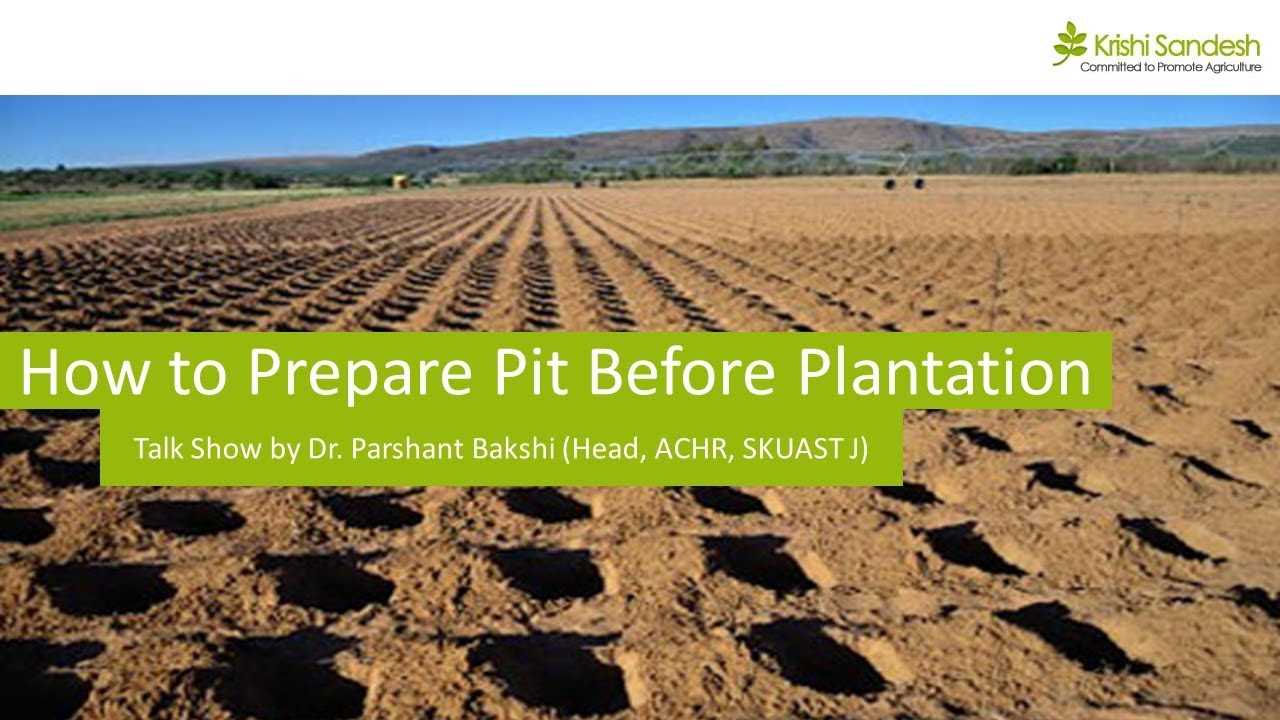
As your fruit trees mature, they will start to bear fruit. Regular harvesting is important to prevent fruit from over-ripening or rotting on the tree. Follow the specific guidelines for each fruit variety to determine the proper harvesting time. Gently twist or cut the fruit from the tree to avoid any damage, and handle them with care to prevent bruising.
By following these regular maintenance and care tasks, you can ensure the health and productivity of your fruit trees for years to come.
Question-answer:
What is the best time to plant fruit trees?
The best time to plant fruit trees is in late winter or early spring before the tree begins to bud.
Should I dig a big pit for planting a fruit tree?
No, you shouldn’t. It is important to dig a hole that is wide and shallow rather than deep. This helps the tree to establish a strong root system.
What should I add to the soil when preparing the pit?
When preparing the pit, you should add compost or well-rotted manure to the soil. This will provide the tree with essential nutrients for growth.
How often should I water a newly planted fruit tree?
A newly planted fruit tree should be watered regularly, at least once a week, especially during hot and dry weather. This helps the tree to establish its roots.
Do I need to prune a fruit tree before planting?
No, you don’t need to prune a fruit tree before planting. It is best to wait until the tree has been planted and has started to grow before pruning.
What should I do to protect my fruit tree from pests and diseases?
To protect your fruit tree from pests and diseases, you can use organic pest control methods such as insecticidal soaps or sticky traps. Regularly inspecting the tree and removing any diseased or infested branches also helps to prevent the spread of pests and diseases.







